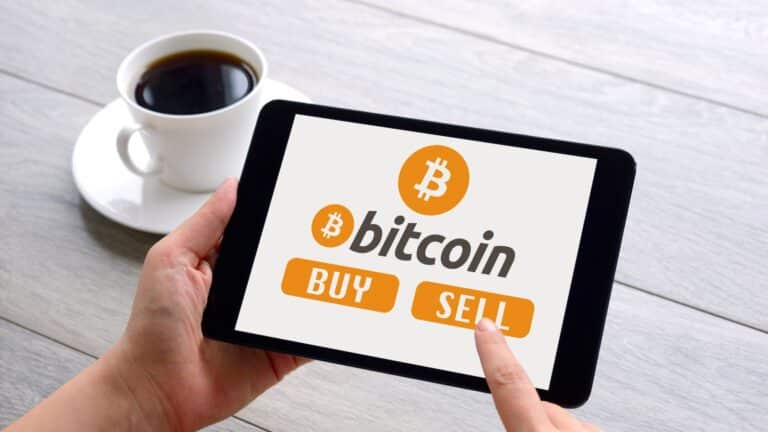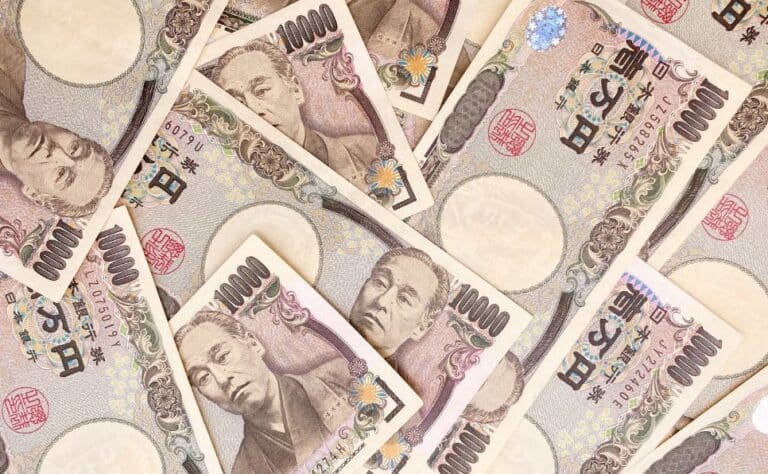Non-fungible tokens, or NFTs, are unique, digital goods. In contrast, fungible assets, like cash, are assets that are interchangeable. Every $20 bill of the same currency is virtually identical. It doesn’t matter which $20 bill you have, because they all hold the same value.
Non-fungible assets, like an original piece of art, are one-of-a-kind. There may be similar items, like a print of the artwork, but its value is not the same as the original. With physical pieces of art, the difference between the original and a print may be obvious. However, it’s possible to create perfect copies of digital information, making it difficult to identify the original.
That’s where tokens come in. For NFTs, a token represents a unique digital asset and records information about its ownership. These tokens live on a digital ledger known as a blockchain. The ledger is immutable, meaning its data cannot be modified after being entered. As a result, it can serve as a certificate of authenticity for digital art and other virtual assets.
Tokens are a form of cryptocurrency that are built on an existing blockchain. Most NFTs are built on the Ethereum blockchain because of how it is to use the platform. Plus, the Ethereum blockchain has proven secure with more than 350 million transactions to date. Thus, NFTs created on the platform are safe from outside interference.
How Are NFTS Created?
NFTs, or Non-Fungible Tokens, are produced on the blockchain using a process known as “minting.” Minting involves creating a unique digital asset and registering it on the blockchain, which creates a digital certificate of ownership that cannot be duplicated or counterfeited. To mint an NFT, an artist or creator can use a specialized platform or marketplace that supports NFT creation. These platforms allow users to upload their digital assets, such as artwork, music, or videos, and convert them into NFTs. The NFTs are then registered on the blockchain, which creates a permanent record of ownership.
When creating an NFT, the artist or creator can specify various parameters that define the asset’s characteristics and value. For example, they can set the price, define the total number of copies that will be produced, and specify any special features or attributes that make the NFT unique. Once an NFT has been created, it can be bought and sold on various online marketplaces, where buyers can bid on or purchase the NFT using cryptocurrency. Each NFT has a unique ID that can be used to verify its authenticity and ownership, providing a high level of transparency and security for both buyers and sellers. The process of producing an NFT is relatively straightforward, and can be accomplished by anyone with the appropriate digital assets and access to an NFT creation platform or marketplace. As NFTs continue to gain popularity, it is likely that we will see new and innovative ways of producing and using these unique digital assets.
Prior to the invention of NFTs, you could only sell copies of digital assets like images or video clips. You couldn’t really sell an original piece of digital art because there was no good way to verify that its authenticity. Purchasing a digital file was analogous to buying a print of a piece of artwork rather than the art itself. The print portrays the same information as the original, but it holds no value beyond this information.
You can buy a print of Leonardo da Vinci’s Salvator Mundi for less than a hundred dollars. Or you can download and use a digital copy of it for free. But the painting itself sold for nearly half a billion dollars in 2019. Buying an NFT is like buying the actual painting, but for digital goods.
Although every NFT is unique, they aren’t used only for original works. You could sell a series of the same piece of artwork so long as each piece from the next. Buying one of these NFTs would be like buying a limited print, perhaps number 59 of 100. Like limited prints, they would likely be worth less than the original but more than a generic print of the same piece.
Million Dollar NFTs And Other Use Cases
NFTs made headlines around the world last month when digital artist Beeple sold a piece of digital artwork for more than $69 million. The buyer received a non-fungible token that certifies their ownership of the original JPG. But anyone can download a copy of the JPG for free.
Since then, Twitter founder Jack Dorsey sold an NFT version of the first tweet for $2.9 Million dollars. Although this NFT could be considered a piece of art, it demonstrates that any digital information can be made into an NFT. Thus far, NFTs have mostly been used for art and digital collectibles, like the NBA’s Top Shot trading cards. But they could soon be used for much wider applications.
NFTs could be used to represent items in the real world. They could serve as a deed to a piece of real estate or the title of a car. The immutable nature of blockchain technology allows it to create a permanent record of ownership for any asset, physical or digital. We simply need to create a legal framework to recognize NFTs for these purposes.
The possibilities are virtually limitless. From home sales to concert tickets, NFTs could soon make their way into our daily lives in ways we can’t even imagine yet. Although early forms of NFTs date back to the early 2010s, the technology is just starting to gain traction. It will be exciting to see how NFTs and cryptocurrencies find their place in our increasingly digital world.
Each NFT is unique, and cannot be duplicated or exchanged for other tokens at a fixed rate. In recent years, NFTs have gained popularity as an exciting investment opportunity due to their potential for generating significant returns.
One of the primary reasons why NFTs are exciting investments is their scarcity. Unlike traditional investments such as stocks and bonds, NFTs are unique and one-of-a-kind. This means that they can hold their value much better than other assets, as there is a limited supply of each NFT. Additionally, some NFTs are created by famous artists or musicians, which can add to their value and desirability as investments.
Another reason why NFTs are exciting investments is their potential for appreciation in value. Just like traditional investments, the value of NFTs can fluctuate based on supply and demand. If a particular NFT becomes highly sought after, its value can skyrocket, leading to significant returns for early investors. For example, in March 2021, a digital artwork created by the artist Pak sold for a record-breaking $91.8 million, making it the most expensive NFT ever sold.
In addition to their potential for financial returns, NFTs also offer a unique opportunity to invest in and support artists and creators. By purchasing an NFT, investors can directly support the artist or creator behind the work, providing them with the recognition and financial support they deserve. This can be a highly rewarding investment for those who value supporting the arts and creative industries.
NFTs are also exciting investments due to their versatility. They can represent a wide variety of assets, including digital art, music, and even virtual real estate. This means that investors can diversify their portfolios with a range of unique assets, which can help to reduce overall investment risk.
The blockchain technology behind NFTs offers a high level of transparency and security, which can help to build trust in the investment. Each NFT is tracked on the blockchain, providing a clear record of ownership and transaction history. This means that investors can be confident that they are investing in a legitimate and valuable asset.
NFTs are exciting investments due to their scarcity, the potential for appreciation in value, ability to support artists and creators, versatility, and transparency. While investing in NFTs carries some risk, it is clear that they offer a unique and potentially lucrative investment opportunity for those willing to take the plunge. As with any investment, it is important to conduct thorough research and consider the potential risks before making any investment decisions.








